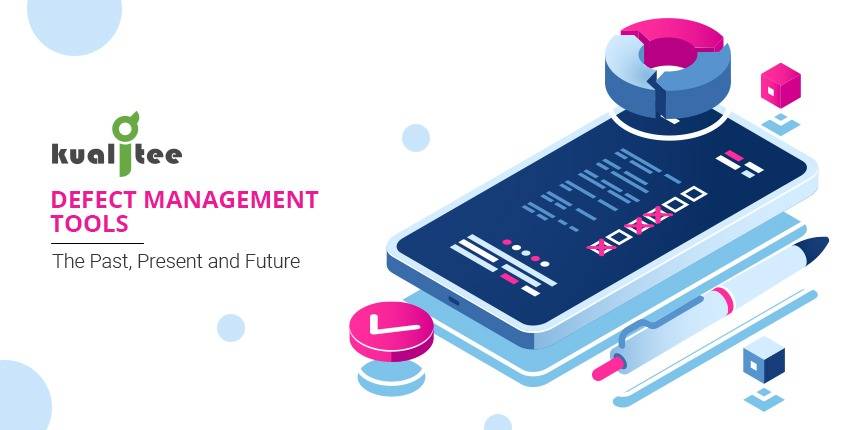Evolution is natural and everything material or non-material is bound to evolve. Management tools have also evolved through the ages. The main purpose of any tool is to offer a high-quality product at the end. It is only possible when the tool is up to date to the current industry and software standards. Hence, the evolution of such tools has played a critical role in maintaining the high standards of software and applications.
In this blog, we will discuss how these tools have changed through the ages. In simple words, let’s have a look at their past, present and future.
Defect Management Tools
Before we dig into the history of these tools, lets’ have a brief look into the introduction of these management tools. It is practically impossible to develop a bug or defect-free software. These defects and bugs can cause serious damage to the expected software results. Therefore, it is important to check these tools before their launch. That’s where these tools come in to play. These tools identify the issues and defects in the software and then report them back to the developing team. Software engineers then make changes in the software or application according to the defect report given by the reporter. At the end of this chain, a product with minimum possible defects is launched in the market.
The Past
Initially, testers utilized these tools only when the software was market ready. Testers had to manually test the software from page to page for defects and bugs. Moreover, in order to communicate with the rest of the team, different communication methods were used. Back in the days, defect management was a long, difficult and hectic process. Miscommunications among the team were very common due to many factors. Above all, the market time of the product was significantly great and more resources were used.
The Present
At present, we have solved almost all the problems in these tools in the past. The defect management tools which are now available are better than ever. Most of the tools which are now available are automated tools. This feature saves a lot of time and resources. In order to overcome communication issues, most of the tools have dashboards. These dashboards not only help to communicate with the whole team but also provide a 3D view of the work in progress. Presently available tools provide better integration and the facility to test in real time. Now, you don’t have to wait for the software to develop fully in order to check it. Since these tools are automated now, chances of mistakes are greatly less.
The Future
One simple word greatly affects the future of defect tools and that is “DevOps”. DevOps promises to eliminate all the known defects and bugs from the software once and for all. This is something which can change the face of testing as we see it. Excessive automated testing through DevOps before the launch of the product will enable testers to eliminate all the known defects before launch. This will give way to a new era of quality assurance and a day will come when we will produce products with the highest possible quality. We are sure that this future is not far and we are going to enjoy ultimate software testing through these tools very soon.
Conclusion
It all boils down to our passion for innovation and creativity. High-end products help both the users and clients at many levels. Therefore, different testing firms around the world are offering next-generation testing with updated tools. We hope that a day a will come when testing will become flawless and the software will become defect-free. However, it is still a long way to go but luckily, the tools we have for defect management are amazing.


























